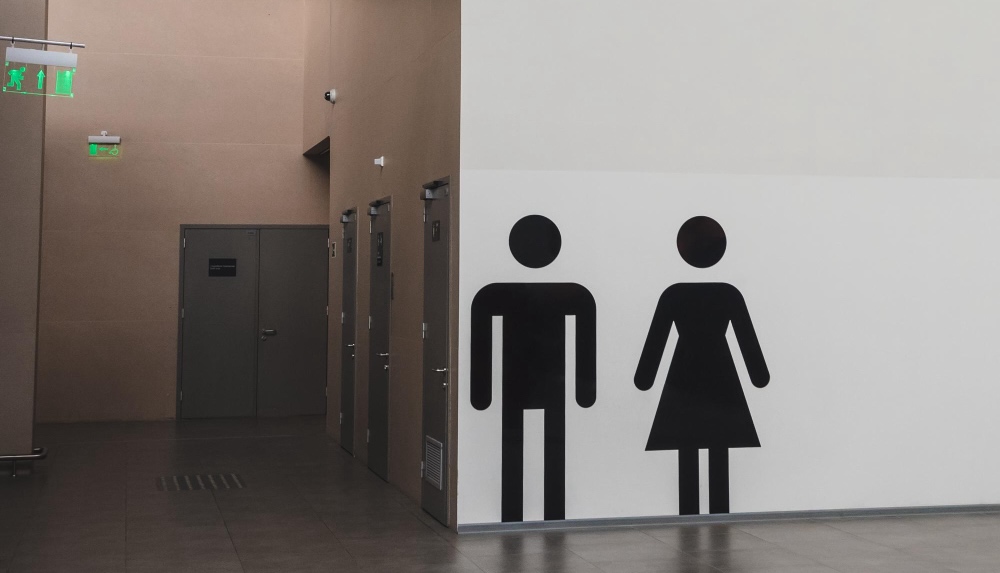In an era of progress and heightened awareness of mental well-being, it’s imperative to reevaluate aspects of daily life that may be inadvertently causing psychological harm. One such aspect, often overlooked, is the traditional design of men’s urinals, which is rendering workplaces and schools psychological minefields for men and young boys. The solution, a groundbreaking step towards inclusivity and fairness, lies in embracing gender-neutral single toilet units – a move that not only addresses privacy concerns but also contributes to the achievement of new psychological safety standards at work in Australia.
Workplaces and schools should be spaces that foster personal growth, respect, and psychological safety. However, the outdated layout of men’s restrooms fails to uphold these ideals. For men, the absence of privacy at urinals is akin to an emotional exposure that chips away at their self-esteem and sense of dignity. The act of relieving oneself in a communal space becomes a distressing ritual that can lead to feelings of vulnerability and humiliation.
Imagine a working professional, dedicated and competent, yet plagued by anxiety each time he steps into the restroom. The open urinal design robs him of the comfort and security he needs to maintain a healthy mental state. This unresolved issue, often dismissed as trivial, accumulates over time, contributing to stress, anxiety, and a decline in overall well-being.
Similarly, schools, where young boys are navigating the complexities of identity and self-esteem, can inadvertently foster a breeding ground for insecurities through traditional restroom setups. The pressure to conform to societal norms by exposing themselves in front of peers can lead to a lifelong struggle with self-image and confidence.
To address this pervasive problem, the implementation of gender-neutral single toilet units emerges as a transformative solution. These units offer a sanctuary where individuals of any gender can attend to their needs without the fear of judgment or exposure. This inclusivity sends a powerful message that their privacy and well-being matter, fostering a culture of acceptance and respect.
Moreover, these units align with the practical need for better restroom utilization during peak times. Traditional setups often leave females waiting in long lines while male facilities remain underutilized. Gender-neutral facilities dissolve this inequality, creating a fair distribution of resources and alleviating congestion – a win-win for everyone.
Crucially, embracing gender-neutral single toilet units directly aligns with the new psychological safety standards being implemented in Australian workplaces. These standards acknowledge that psychological safety is a fundamental right, and workplaces must create an environment that nurtures employees’ mental well-being.
By adopting these units, workplaces not only meet these standards but also signal a commitment to the holistic welfare of their workforce. Employees will no longer have to choose between their biological needs and their emotional comfort, fostering an environment where they can thrive both professionally and mentally.
Australia, a nation renowned for its progressive values, has the opportunity to be at the forefront of this transformative change. By replacing outdated urinal designs with gender-neutral single toilet units, workplaces and schools can send a resounding message: we prioritize your mental health, dignity, and inclusivity.
The shift towards gender-neutral facilities represents a paradigm shift that transcends practicality – it’s a testament to our commitment to equality, respect, and psychological well-being. As we usher in this new era of restroom design, let us embrace a future where everyone feels safe, respected, and valued, regardless of gender or age.



















